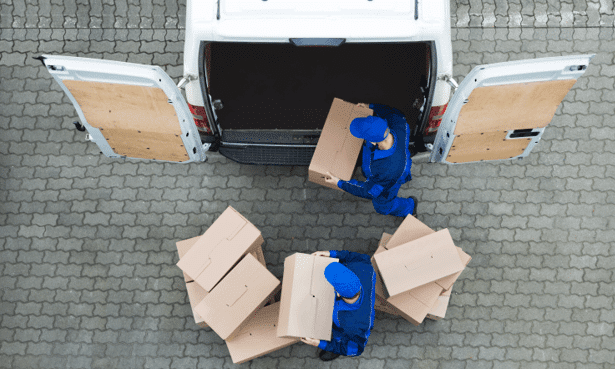E-commerce orders continue to grow year over year, which means retailers and their logistics partners must prioritize speedy, last mile fulfillment to compete with the biggest players. Most shippers understand the issue but finding a cost-effective way to keep up with demand continues to pose a challenge. Technology could be the solution they’re looking for.
Understanding the Last Mile Problem
The last mile delivery is the most time-consuming part of the shipping process. Representing 53 percent of the total cost, it’s also the most expensive. That’s because last-mile deliveries require many stops with small drop sizes. Costs are especially steep in rural areas where drivers often cover long distances to deliver relatively few packages. Fast and free shipping is also becoming the norm, thanks to the standard set by Amazon Prime, and consumers increasingly avoid high shipping fees. Last year, in fact, 62 percent of shoppers surveyed in a consumer expectations study found cost to be the number one factor in a delivery.
The same study also showed that failed deliveries have a profound effect on brand loyalty. Nearly all respondents claimed that shipping affects their loyalty to a brand. And while 84 percent said a single bad shipping experience would prompt them to shop elsewhere, those who experienced a failure were 60 percent more likely to remain loyal to a brand that resolved a problem to their satisfaction (DC Velocity).
Solving the Problem with Last Mile Fulfillment Technology
What do these consumer insights mean for shippers? Making the right improvements could help shippers streamline logistics processes and reduce last mile costs—all while increasing customer satisfaction and brand loyalty. Here’s how:
- Invest in Technology. Last mile fulfillment technology can automate order grouping, dispatching, and route building to focus the deliveries for each driver and limit the number of drivers you need for total capacity. The result is faster, more efficient deliveries with lower costs.
- Offer Flexible Options. Same-day delivery is more expensive than 2-day delivery, and a 7-day delivery with no delivery window costs far less than both. Many customers choose slower options if you put the right incentives in place. Such “no rush” options often give customers the delivery choices they really want while lowering costs for you. Be sure to put a technology solution in place to coordinate and manage last mile scheduling effectively.
- Improve Customer Visibility. Communication tools such as apps with automated reminders and pre-set messages remind customers of delivery windows and update them when deliveries will be late. Offering convenient ways for customers to reschedule deliveries or connect with a service representative when issues arise improves customer visibility and satisfaction while reducing multiple delivery attempts and expensive delivery failures.
Mitigate Last Mile Costs with Capstone
Solving the last mile delivery problem takes effort and investment but partnering with an experienced 3PL offers distinct advantages. Whether you need technology expertise, automated processes, or customized and scalable solutions, Capstone can help. Contact us to learn more.

